How Many Baby Bottles Do I Need?
How many baby bottles do I need? Preparing for their baby’s arrival can be exciting and overwhelming for many new parents. You may have many questions about all of the baby products you’ll require.
You’ll have to decide whether to breastfeed or bottle-feed your baby. You’ll also need to decide which breast pumps to get from insurance and which cribs and mattresses to buy for the nursery.
Whether you choose breast milk or formula for your child, you may wonder, “How many baby bottles do I need?” Continue reading to find out how many baby bottles you should prepare and other important bottle-feeding information.
How Many Baby Bottles do I Need Per Day?
How many baby bottles do I need: There is no rule about how many bottles you need for your baby. This number depends on many things, like your baby’s age and appetite, whether or not you’re breastfeeding, and whether or not you need to make extra ones for daycare.
Here’s a handy guide to help you figure out how many baby bottles do you need for your baby:
Two To Four Bottles
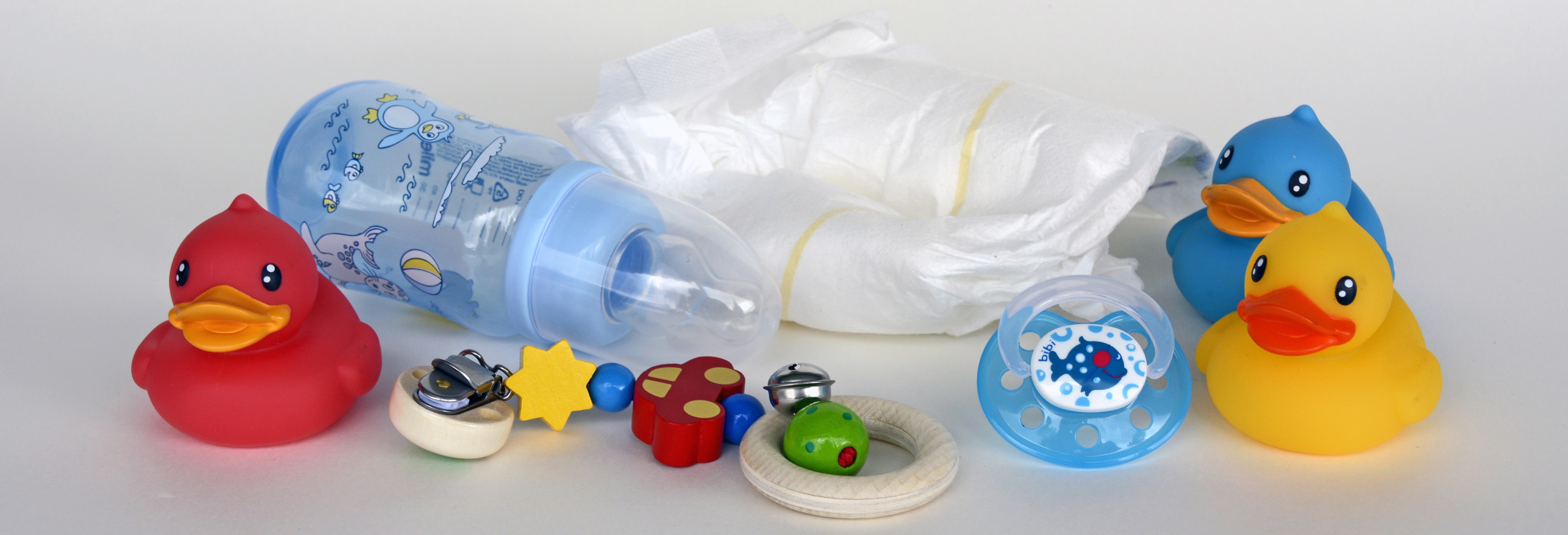
If you are breastfeeding and spend most of your time at home, you will probably only need two to four bottles. You probably won’t need these bottles unless you want to take your baby somewhere or have to leave your baby for a few hours. If you have some baby bottles on hand, your partner can also help feed your baby.
Three To Six Bottles
If you intend to feed your baby from a bottle, you’ll need three or four bottles, which you’ll have to clean several times a day. You can also buy up to six bottles, reducing your time cleaning since you’ll still have some bottles left over.
Six Or More Bottles
If you’re a working mom who often has to leave the house for a few hours, you might want to have more bottles. It’s best to have enough baby bottles and containers for the whole time your child is at daycare or with a babysitter at home, so you don’t have to reuse them.
Based on how often your baby drinks milk, you might need to make one bottle every two hours you’ll be gone. Depending on what your baby’s daycare provider wants, you may need to make milk in at least five different bottles. At first, as your child gets older, you’ll need more bottles to feed him or her. But this gets less and less as they learn to drink milk from a cup or glass.
How many baby bottles do I need: Factors To Consider When Buying Baby Bottles
How many baby bottles do I need: Various baby bottles are available on the market. When selecting bottles, consider what your baby requires. Some of the factors to consider when selecting baby bottles are as follows:
Types
How many baby bottles do I need: There are various types of baby bottles with various designs to meet your baby’s needs. Others were designed to help with latching or feeding. However, you should not be concerned if your baby dislikes the bottle or fails to latch on quickly. It should be noted that babies may react differently to different baby products.
Standard Or Classic
These baby bottles have narrow, thin nipples. The smaller nipples may be better for premature babies because they fit better in their mouths.
Wide Neck
Because the wider nipples mimic a mother’s breast, these baby bottles may provide better latching.
Angled-Neck Or Ergonomic
These bottles are curved or angled, often touted as an ergonomic shape, so your baby may be able to hold them more easily. However, some parents may find the unique design difficult to keep clean.
Do I need 4 oz. baby bottles?
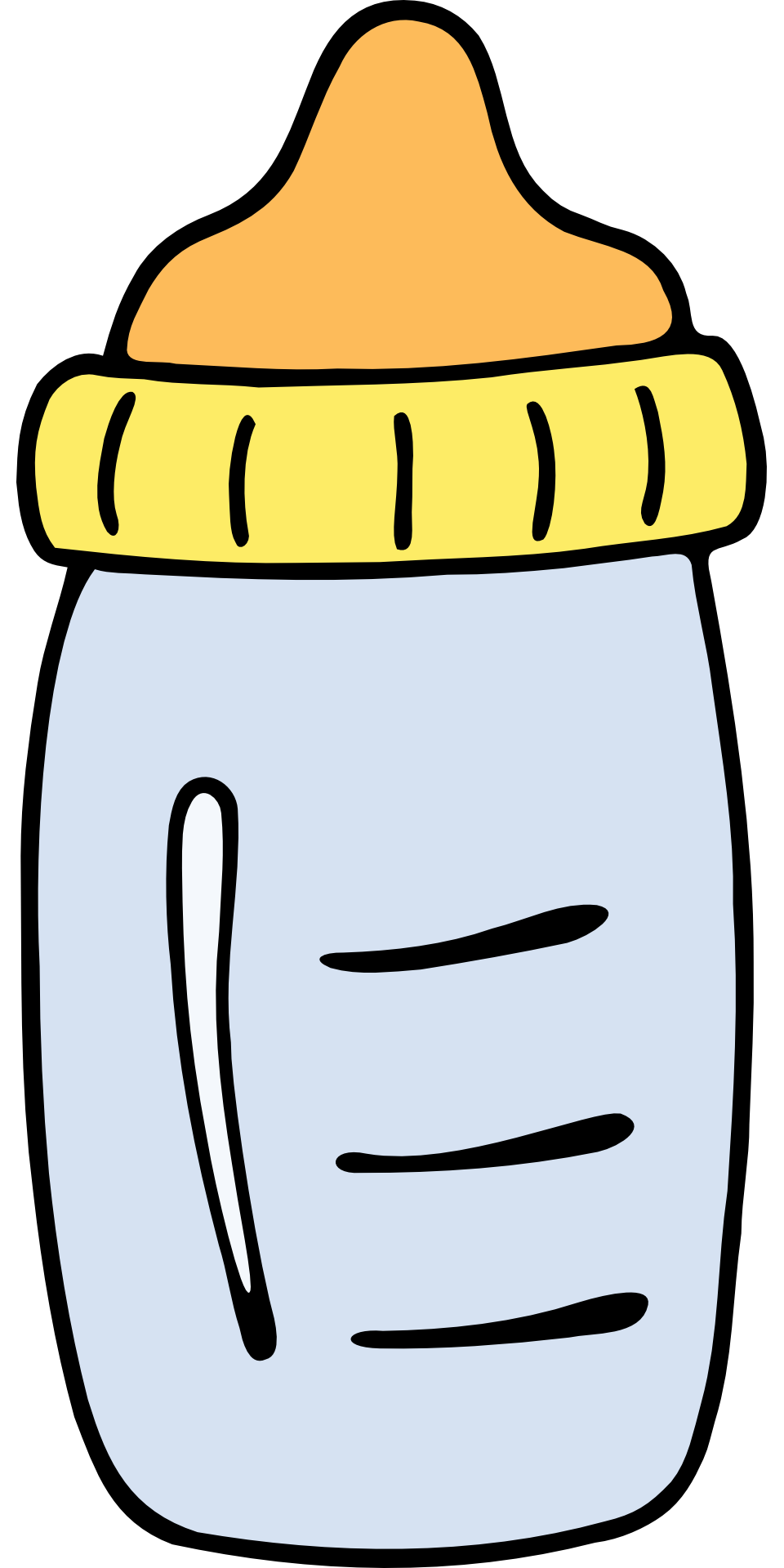
How many baby bottles do I need: The following are some of the available bottle sizes:
- 4 oz. bottles
- 5 oz. bottles
- 8 oz. bottles
- 9 oz. bottles
Younger, smaller babies require less milk per feeding, whereas older babies require more. As a result, you should select the bottle size based on how much milk the baby requires. However, many parents prefer to get the larger sizes, even if they will only be half filled with milk for the first few months.
After all, babies grow rapidly in their first year. Soon, a 4-ounce bottle won’t suffice, and you’ll need to purchase new baby bottles if you only have these smaller ones. Others choose to purchase one or two smaller bottles for newborn babies, while the rest are larger bottles that can be used as your child grows.
Material
For many decades, babies could only use plastic bottles. However, parents now have more options:
Plastic
Despite being used for decades, not all plastic bottles are safe for babies. If you choose this bottle, check the label to see if it is BPA-free. BPA (bisphenol-A) is a chemical used to produce plastic products, but there are now much safer alternatives. Despite the availability of alternatives, plastic baby bottles remain the most commonly used due to their lower cost and ease of use.
Glass
They are heavier than plastic bottles and have the potential to shatter. However, some parents prefer glass bottles because they are free of BPA and other harmful chemicals in plastic products. They may also be more durable than plastics. However, glass bottles are more expensive and may be more difficult to find. If you do decide to buy some, choose silicone ones to make them safer for your baby.
Stainless Steel
These baby bottles are BPA-free, lightweight, and unbreakable. They might be the best option for your baby. However, stainless steel bottles are difficult to find and expensive. Because many parents believe that replacing baby bottles after several months of use is more sanitary, they may prefer other cheap options.
Silicone
Like stainless steel bottles, silicone bottles are BPA-free, unbreakable, and lightweight. They may also be safer alternatives to plastic bottles. However, they are more expensive and difficult to find than plastic ones.
How many baby bottles do I need: Special Features
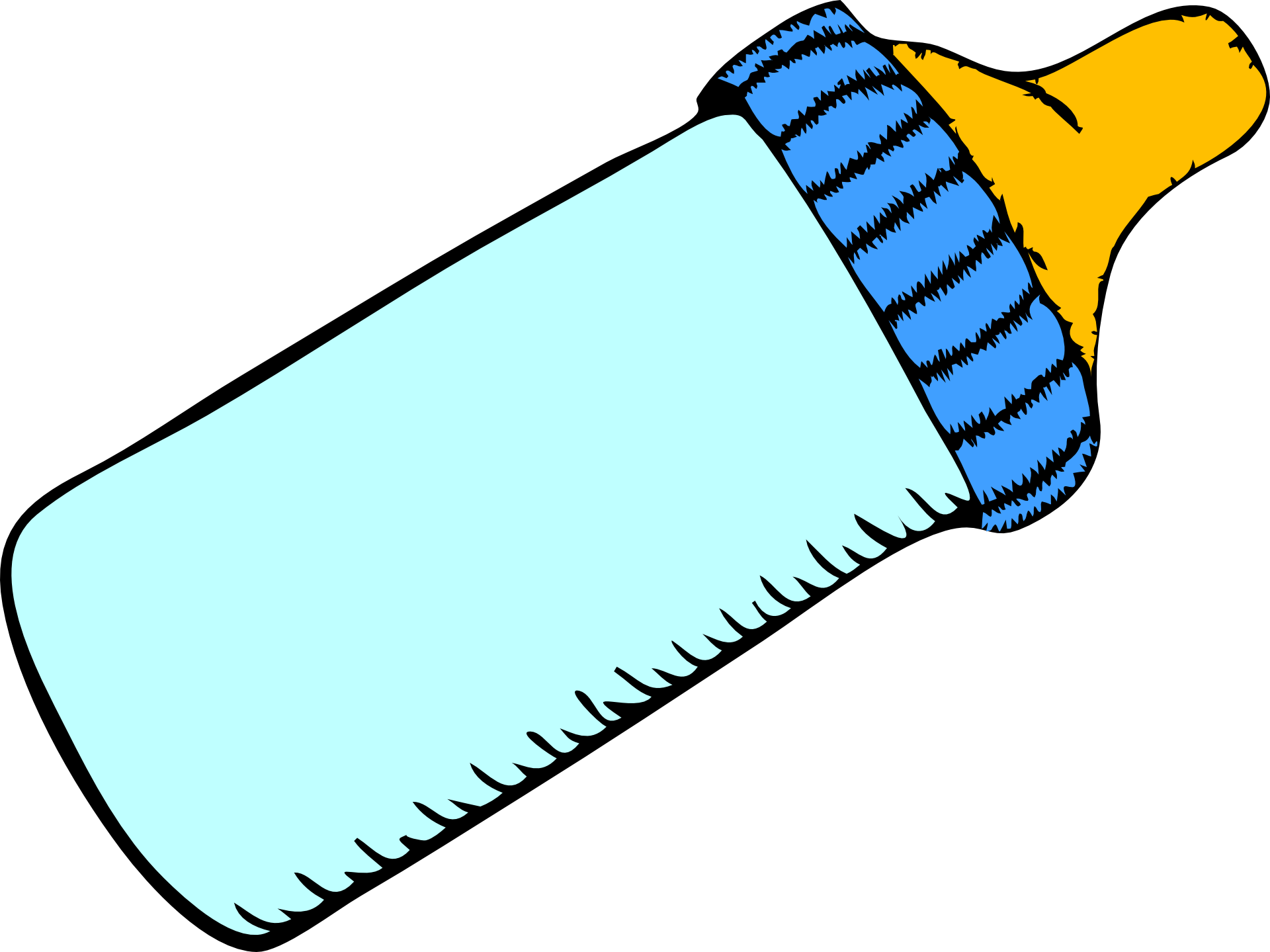
How many baby bottles do I need: Consider the following special features when selecting the baby bottles:
Venting Systems
Some babies are more prone to gassiness, colic, and spitting up than others. Consider purchasing baby bottles with special venting systems to prevent your baby from inhaling air bubbles. Anti-colic bottles with specially designed nipples are available in addition to those with venting systems.
With Disposable Inserts
Some baby bottles are made to be used with disposable drop-in liners or inserts that can be filled with baby formula or breastmilk. These liners are only meant for single use, but they come in handy when you’re on the go and can’t clean the bottles immediately.
Factors To Consider While Choosing Baby Bottle Nipples
How many baby bottles do I need: Apart from choosing how many and what types to purchase, you’ll also need to select different baby bottle nipples. These are the factors to consider when selecting one to match your baby’s bottle and meet your baby’s needs:
1 Nipple Styles
Standard Bulb Type
These standard nipples are bell-shaped and narrow. They are made for classic or narrow bottles. Because these nipples are narrow, they might also let less milk out than wider ones. Remember that these nipples could make your baby more likely to have colic, spit up, and have gas.
Naturally Shaped Nipples For Wide-Neck Bottles
Because these baby bottles are made to look like a mom’s nipples and breasts, they could help babies latch on and feed better. They are also wider than standard nipples, so they don’t work with classic bottles but do work well with bottles with wide necks. Because they are made of natural materials, these nipples are better if you are also breastfeeding. If you use them, your baby might not get “nipple confusion,” which can happen when you switch from breastfeeding to bottle feeding.
Orthodontic
The tip of these nipples is not shaped like a dome like other nipples. Instead, 50% of the tip is flat and slopes away from the part that looks like a half-dome. Your baby’s doctor might suggest this type of nipple when he or she starts to get teeth. When your baby starts eating, it gets longer. Because the tip of this nipple is not symmetrical, it needs to be put in the right place to avoid leaking.
Expandable Nipple
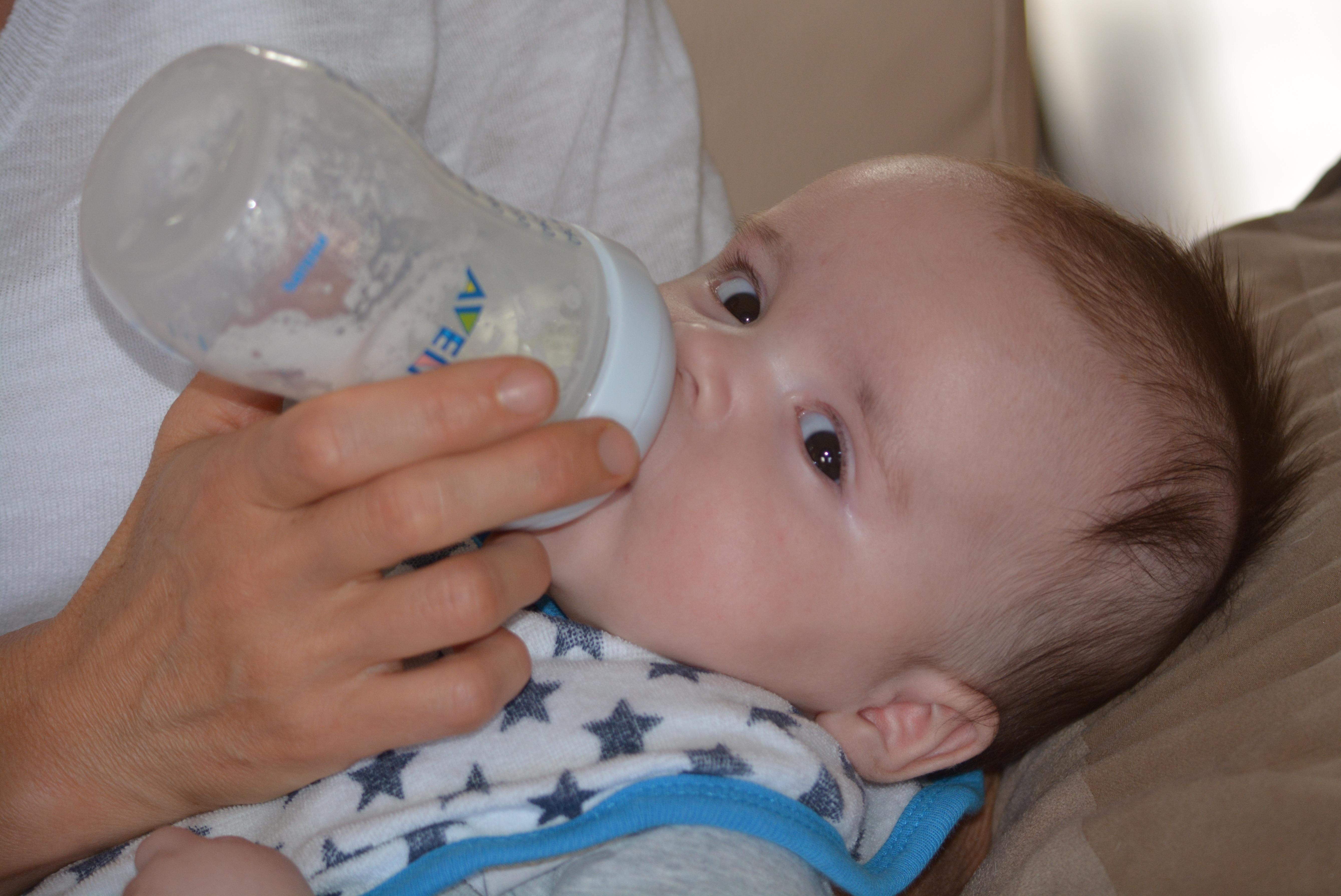
These special nipples are made to get longer as your baby feeds, but only if your baby suckles hard to pull the nipple further in and opens his mouth wider. Even though these nipples might help babies feed better, you shouldn’t use them if breastfeeding. Your baby could get lazy about latching on and refuse to feed from your breast.
2 Nipple Sizes & Flow Rate
It’s important to ensure that the nipples you buy will fit your baby bottles. When looking for extra or replacement parts, it might be easier to get a nipple from the same brand as the bottle. Check the size twice to ensure you buy the right nipple for the bottle, whether it has a narrow or wide neck.
You should also check the flow rate in addition to the size. Different brands may use different codes, but most will show the flow rate and the age they are best for. The number tells you how many holes are on the nipple.
It might be safer to start with the lower numbers and slowly increase the flow rate or size as your baby grows. Note that you’ll probably get more new nipples than new baby bottles. When babies are teething, they tend to bite on the nipples and make the holes bigger. Make sure to replace these broken nipples to avoid accidents and leaks.
Newborn Nipples
The size one nipples are best for babies who are just born. But you can also get the slow-flowing size 0 for premature babies or newborns who might have trouble with the faster size.
Slow Flow Nipples
Younger babies’ nipples are usually slow flowing and have two or three holes (sizes two and three). These may be appropriate for babies aged three to six months. Some brands also use the term “medium flow.” See the holes at the tip of the nipples if you’re unsure.
Fast Flow Nipples
As your child grows, so will the demand for milk. You may notice that your baby is frustrated during feeding time because the milk flow has become too slow for him.
When your baby is about five or six months old, you can start using size three or four diapers. Some brands sell size 5 nipples or call them “fast flow.” If your doctor recommends adding more formula to thicken your baby’s milk, these fast-flow nipples can help.
Most pediatricians will also advise you to start your baby with sippy cups and gradually transition them to a regular cup after their 1st birthday.
3 Materials
Latex
Latex nipples are softer, more flexible, and less expensive than silicone nipples, but they rip easily. These nipples are not long-lasting, and some babies may be allergic to the latex material. Many parents, however, prefer the softer latex. That’s fine, but make sure you buy BPA-free nipples.
When selecting latex nipples, you should also consider the following disadvantages:
- They have an amber or dark yellow color that some parents may find offensive.
- Latex tends to retain odors, which could be unpleasant, especially if the nipples had previously spoiled milk.
- Exposure to direct sunlight or heat may cause the material to degrade faster.
- Within two months of use, the nipple may develop a sticky coating as the latex begins to degrade.
Silicone
Silicone nipples are typically harder than latex nipples, which may make breastfed babies more prone to nipple confusion. Latex nipples are less expensive than silicone nipples. Many parents prefer to buy them because they are more durable, especially for formula-fed babies.
4 Special Features
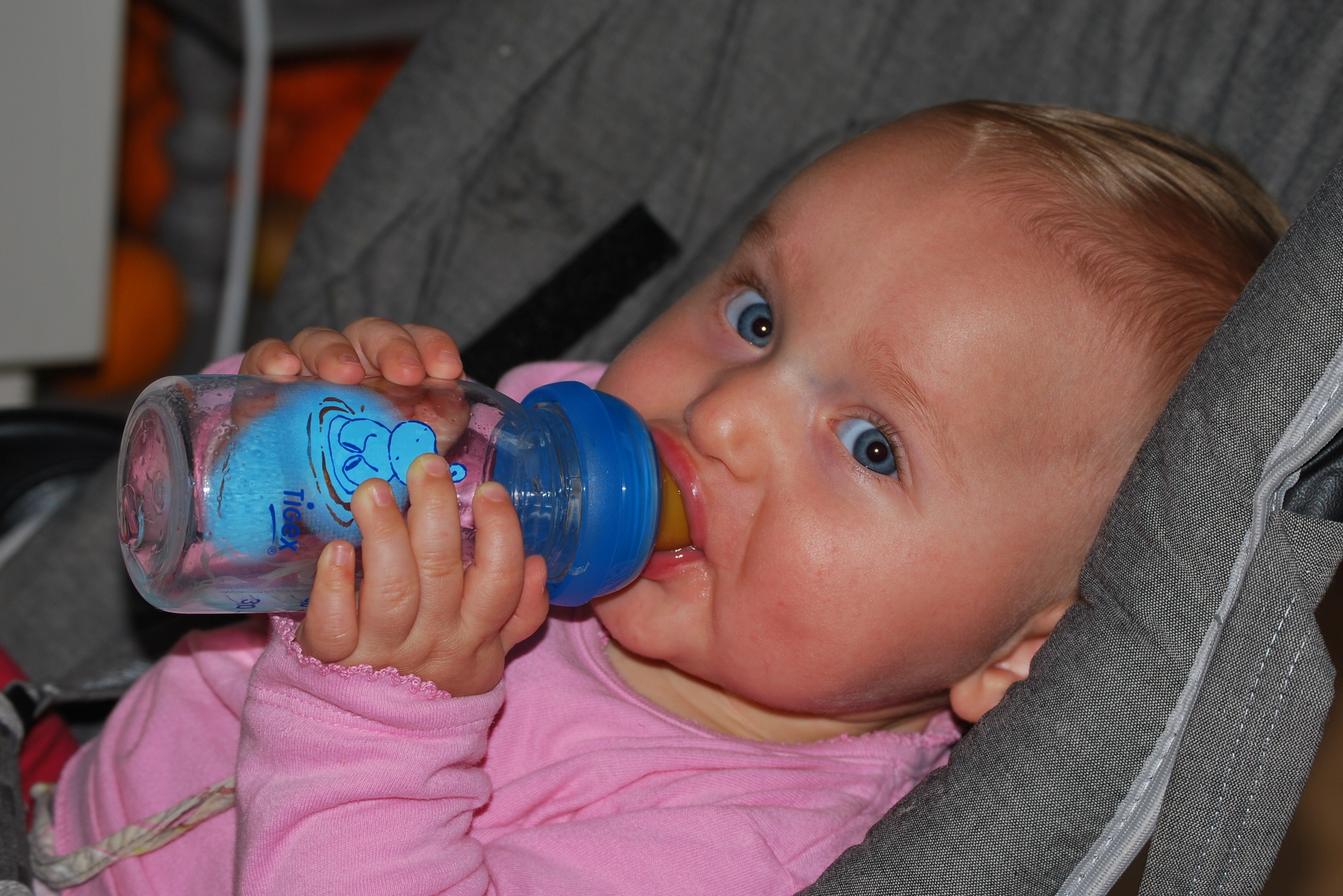
Anti-Colic Nipples
Aside from regular nipples, you may want to consider anti-colic nipples. The designs vary between brands, but these nipples usually have special valves that adjust to your baby’s feeding rhythm. This mechanism can make feeding more relaxed for your baby while reducing air bubbles.
Disposable Nipples
Cleaning and sterilizing your baby bottles can be tedious when you’re on the go or on a long trip with your baby. Disposable nipples may not be the most attractive, but they can come in handy during these times. While disposable nipples are useful for trips and emergencies, some parents may prefer to avoid them due to environmental damage.
Other Must-Haves For Baby Bottle-Feeding
How many baby bottles do I need: The following must-haves can make bottle-feeding easier and less stressful:
- Tote bag
- Sterilizer
- Dishwasher basket
- Silicone sleeves for glass bottles
- Bottle warmer
- Bottle drying rack
- Cleaning materials (bottle brush, etc.)
Safety Tips In Bottle-Feeding & Buying Baby Bottles
How many baby bottles do I need: Here are some of the following safety precautions for bottle-fed babies:
- Check for product recalls before purchasing any baby products, especially baby bottles and nipples that directly connect with your baby’s mouth and skin.
- If you buy plastic bottles, make sure they’re BPA-free.
- Never microwave or put plastic bottles through the dishwasher. This may result in the release of harmful chemicals your baby may consume.
- Check baby bottles and nipples regularly for cracks and damage that could pose a choking hazard to your baby. These cracks can become a breeding ground for bacteria and a source of leakage.
- Ensure you only use clean water, bottles, and nipples when preparing your baby’s milk.
- Follow your pediatrician’s advice and consult them if your baby has feeding problems.
- Don’t forget to burp your baby after each feeding session.
Why Is It Necessary To Sterilize Bottles?
How many baby bottles do I need: It’s important to sterilize baby bottles because it kills bacteria that can make your baby sick. If you don’t clean your baby’s bottles, he or she could get an infection or have other serious health issues. Before each use, you should clean and sterilize your baby’s bottle. This will help keep your baby healthy and keep him or her from getting sick.
What number of baby bottles do I need to clean? You can clean as many bottles as you need if you have more than six. It’s a good idea to have a few extra bottles in case one gets dirty or lost. You can use a dishwasher to clean your baby’s bottles, but the dishwasher needs a sanitizing cycle. You can also use a solution to sterilize the bottles or boil them for 5 minutes in water.
Also, many baby bottles have special nipples that need to be sterilized. It’s important to sterilize baby bottles to keep your baby safe and healthy. As parents, we must ensure they stay healthy and free of any bacteria that could make them sick. Always remember that not all baby bottles are the same, so please take the time to clean and sanitize them properly before each use.
How Long Do Baby Bottles Last?
How many baby bottles do I need: Baby bottles made of stainless steel, silicone, or glass last a long time and should only be replaced if broken. Glass bottles are more likely to break, so you’ll have to be extra careful with them.
You should get a new plastic baby bottle every two to three months. You should replace them immediately if they get broken, change color, or start to smell bad. Check your baby’s bottle-feeding gear often to ensure it’s all in good shape and working right.
Final words: How many baby bottles do I need?
How many baby bottles do I need: There are plenty of choices to consider when choosing the right baby bottle for your child. Before you buy, you should consider the type of bottle, the shape and material of the nipple, and how you will clean and store it.
Having a variety of baby bottles on hand is important. This way, you’ll always have the right bottle for your baby and be ready for anything. Having more than one bottle also makes cleaning them in between feedings easier. We hope this article has helped you figure out how many baby bottles you need.
FAQs: How many baby bottles do I need?
How Often Should I Feed My Baby?
How many baby bottles do I need: A newborn baby requires feeding every 2 to 3 hours. As they age and their tummies can hold more milk, the frequency decreases to roughly three to four hours. If your infant is overweight, your pediatrician may advise more frequent feedings until the ideal weight is reached. It’s important to remember that there’s no set time for feeding. However, you can also feed on demand. You can feed your baby if it shows signs of hunger, such as nuzzling against your breasts, whimpering, or sucking on their lips and mouth.
How many 8-ounce bottles does a baby require?
How many baby bottles do I need: Babies’ appetites and milk requirements vary; however, the following are the typical amounts they’ll require based on age:
- Newborns: 1.5 to 3 oz every 2-3 hours
- 2 to 4 months: 4 to 5 oz every 3-4 hours
- 4 to 6 months: 4 to 6 oz every 3-6 hours
- 6 months and above: 6 to 8 oz every 4-6 hours
How Long Should A Bottle-Feeding Take?
How many baby bottles do I need: Again, this depends entirely on your child. Bottle-feeding, on the other hand, normally takes 15 to 20 minutes. Some mothers prefer to stop every ounce to burp their newborns. It may lengthen the typical feeding duration to 45 minutes to one hour, but it can help prevent spit-up.
How Long Does A Baby Bottle Last?
How many baby bottles do I need: An unused milk bottle can generally be stored at room temperature for one hour to 90 minutes. However, leftovers from a bottle should be discarded around an hour after your baby begins feeding on it. It may be tempting to store the bottle in the refrigerator to reuse the formula, but bacterial contamination is risky. If you’re unsure how long the bottle has been in your fridge, toss it. It’s preferable to produce a fresh batch with a cleaned bottle than to try to save a few dollars only to have your kid become ill due to rotten or infected milk.
How often should you get a baby a new bottle?
How many baby bottles do I need: It might be a good idea to buy new bottles for your baby every 4 to 6 months.
When should I switch from slow-flow to fast-flow nips?
How many baby bottles do I need: It’s a good idea to follow what the maker says on the package. If you think your baby is upset because the milk flow is too slow, you can switch to a fast flow nipple before the recommended time. But if you just switched from a slow flow nipple, check if your baby can handle the faster flow.

